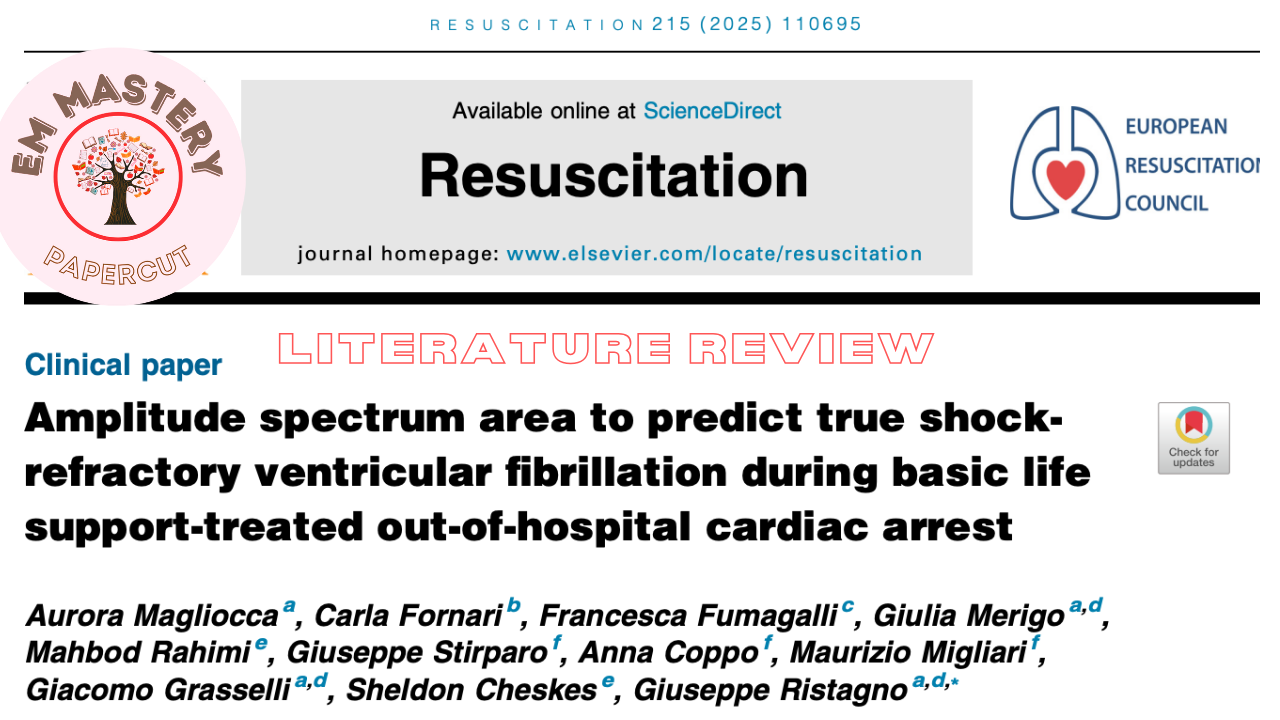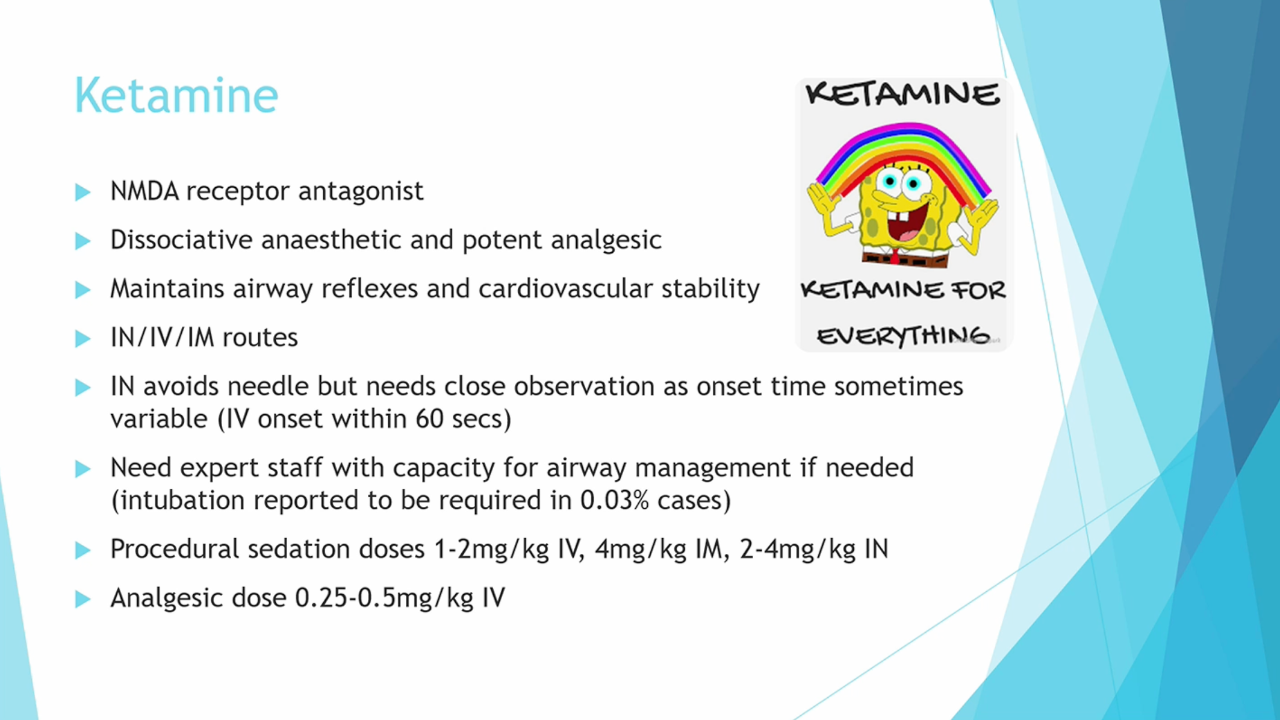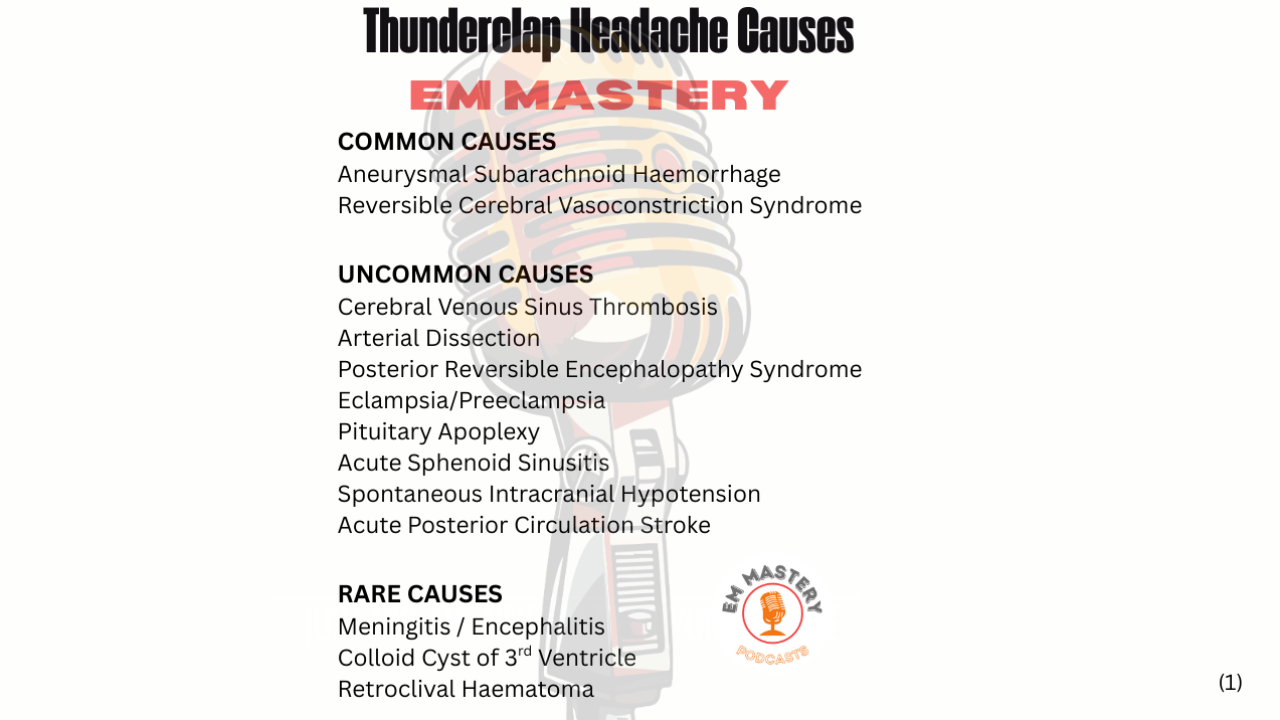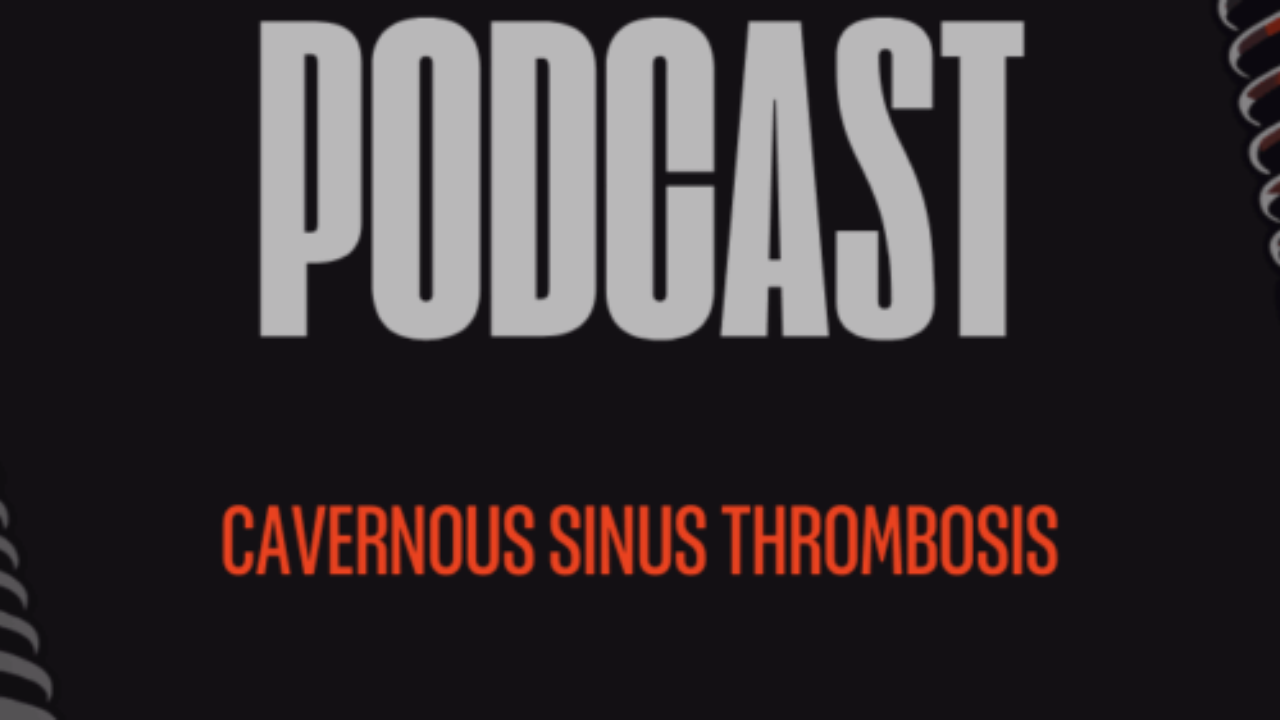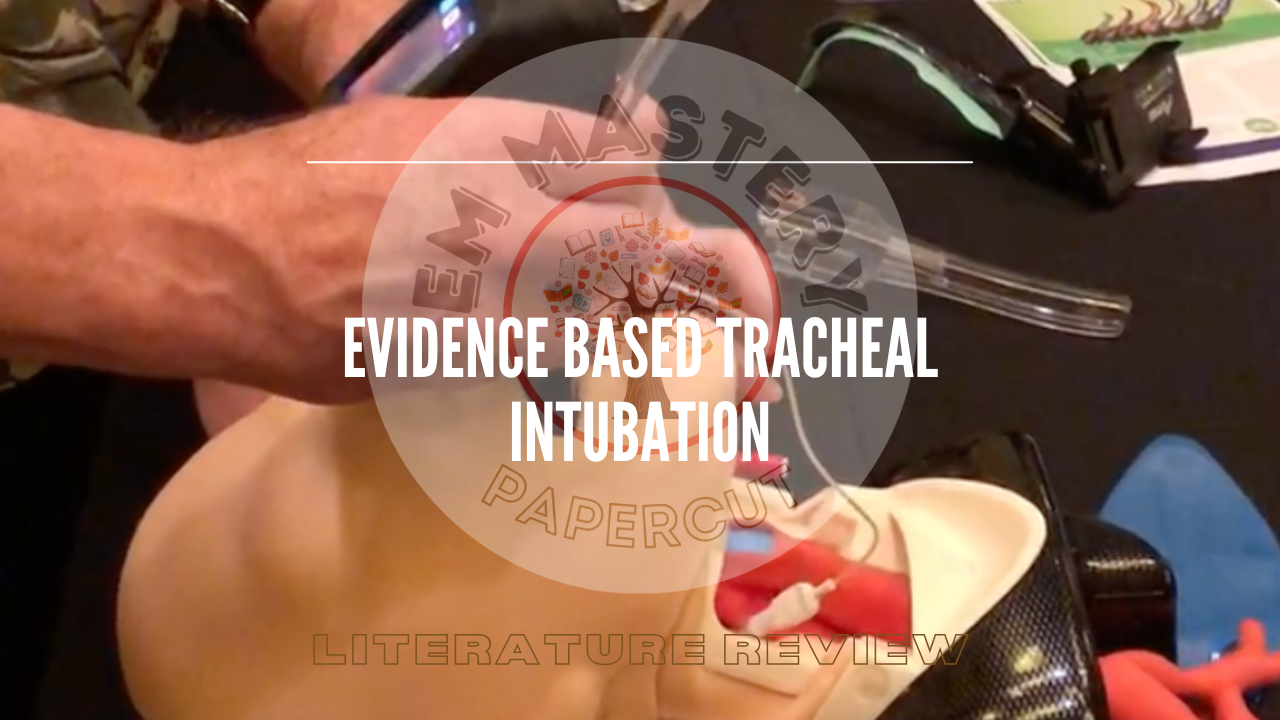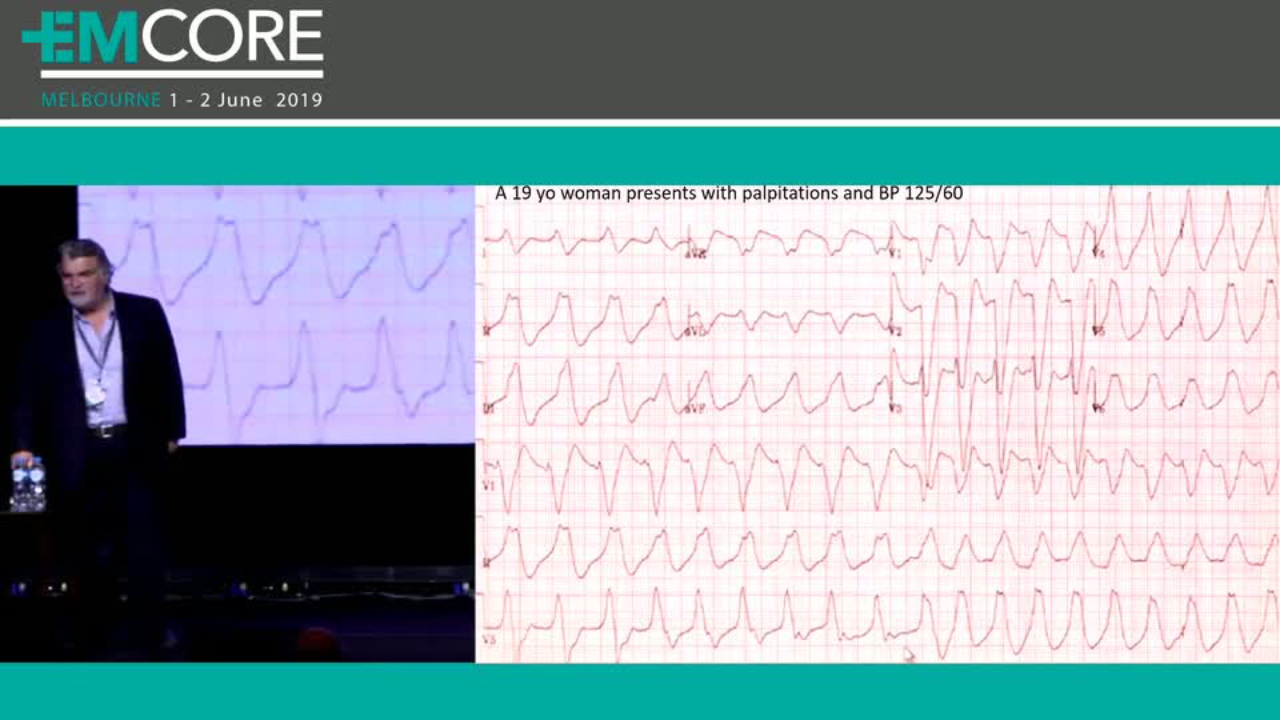
STEMI Equivalents Update
Apr 03, 2024What is a ST Elevation Myocardial Infarction (STEMI) Equivalent?
These ECG criteria identify patients who require immediate reperfusion therapy as per the 2013 STEMI Guidelines (1). The ecg changes may not show ST elevation, however these changes have been associated with coronary artery occlusion.
STEMI Definition
New, persistent ST elevation in at least two contiguous leads of ≥1 mm ( one small ecg square where the calibration is 10mm/mV), other than leads V2-V3 where the following apply:
- ≥2.5 mm in men <40 years old
- ≥2 mm in men >40 years old
- ≥1.5 mm in women regardless of age
What are the STEMI Equivalents?
1.Posterior STEMI
CASE A 65 yo male presents with 20 minutes of central chest heaviness. His ECG is shown below.
 The changes here include:
The changes here include:
- ST depression in V1-4
- There may be some ST elevation in I and aVL
Criteria for Posterior STEMI(2)
- Horizontal ST depression V1-3
- Dominant R wave (R/S > 1) in V2
- Upright T waves in anterior leads
- Prominent and broad R wave (>30ms)
 To confirm a posterior STEMI we need to get a posterior lead ecg and show that there is ST elevation of at least 0.5mm in one or more of leads V7-9.
To confirm a posterior STEMI we need to get a posterior lead ecg and show that there is ST elevation of at least 0.5mm in one or more of leads V7-9.
- V7: left posterior axillary line in same plane as V6
- V8 at the tip of the left scapula
- V9 placed in the left paraspinal region in the same plane as V6.
Posterior leads were done and are shown below. There is ST segment elevation in all three posterior leads. This confirms a posterior STEMI.

2.Left Bundle Branch Block (LBBB) Or Paced Rhythm PLUS
A new LBBB on its own, may not be an indication for reperfusion, unless there is haemodynamic instability or heart failure. However a LBBB meeting Sgarbossa criteria or the Smith-modified Sgarbossa criteria may be. LBBB or Ventricular Paced Rhythm with Sgarbossa Criteria CASE A 72 yo patient presents with 5/10 crushing central chest pain. There is a pacemaker in place for a previous high degree block. The ecg is shown below.


 What are The Sgarbossa Criteria?
What are The Sgarbossa Criteria?
- Concordant ST-segment elevation >1 mm in leads with a positive QRS complex (5 points)
- Concordant ST-segment depression >1 mm in leads V1-V3 (3 points)
- Discordant ST-segment elevation >5 mm in leads with a negative QRS complex (2 points)
- If there is discordant ST-segment elevation >5 mm, consider ST/S ratio <-0.25
 The Smith-modified Sgarbossa Criteria are:
The Smith-modified Sgarbossa Criteria are:
- Concordant ST-segment elevation of 1 mm in leads with a positive QRS complex
- Concordant ST-segment depression of 1 mm in V1-V3
- ST-segment elevation at the J-point, relative to the QRS onset, is at least 1 mm and has an amplitude of at least 25% of the preceding S-wave
3.De Winter Sign
De Winter’s T Waves were first described by De Winter in an article to the editor of the New England Journal of Medicine in 2008. They are considered a STEMI equivalent and knowledge of this sign is important as ST depression is not the classically part of the appearance of a STEMI. They occur in 2% of patients with an anterior myocardial infarction. These are tall, symmetrical T waves that arise from an upscoping ST segment depression of > 1mm at the J point in the precordial leads The pattern is seen in leads V1-6:
The pattern is seen in leads V1-6:
- ST segment depression at the J point of precordial leads of 1-3 mm
- Up-sloping ST segments, becoming peaked positive symmetrical T waves
- QRS complexes are in some cases slightly widened
- Loss of precordial R-wave progression
- aVR may show small ST Elevation of 1-2mm
4.Hyperacute T waves

Peaked T waves that are asymmetrical and broad. It is not only the height of the T wave but the width of its base that is important. They occur early in ischaemia, however they may also occur in hyperkalaemia. No formal definition exists. My approach is to look at the T waves in V3 or V4. If the T wave towers next to the R wave in V3 or V4, or if the QRS can fit inside the T wave in those leads, then this is a hyper acute T wave.
References
- O’Gara PT, et al. 2013 ACCF/AHA guideline for the management of ST- elevation myocardial infarction: a report of the Amer- ican College of Cardiology Foundation/American Heart Association Task Force on Practice Guidelines. J Am Coll Cardiol. 2013;61:e78–e140.
- Kontos M C et al. 2022 ECDP on Evaluation and Disposition of Acute Chest Pain in ED. JACC Vol. 80, No. 20, November 15, 2022:1925–1960
- Sampson, Michael. (2016). Understanding the ECG. Part 9: Myocardial ischaemia and infarction (part B). British Journal of Cardiac Nursing. 11. 332-343. 10.12968/bjca.2016.11.7.332.
Join Our Free email updates
Get breaking news articles right in your inbox. Never miss a new article.
We hate SPAM. We will never sell your information, for any reason.




